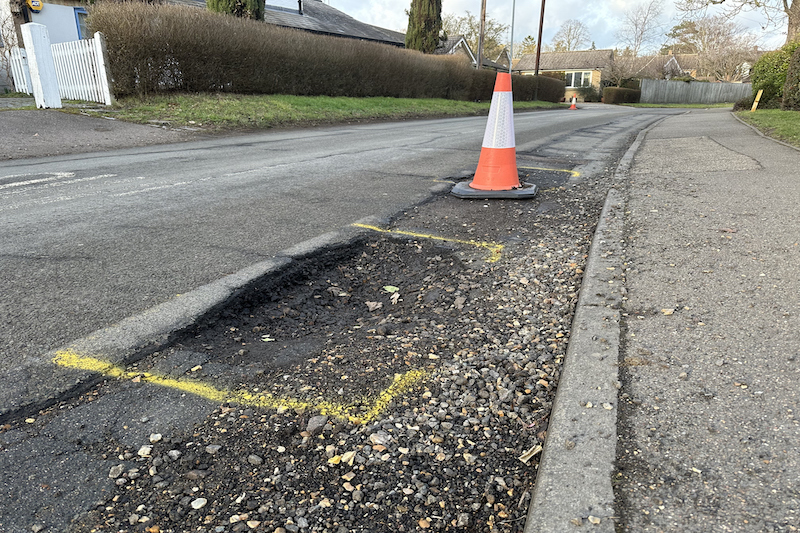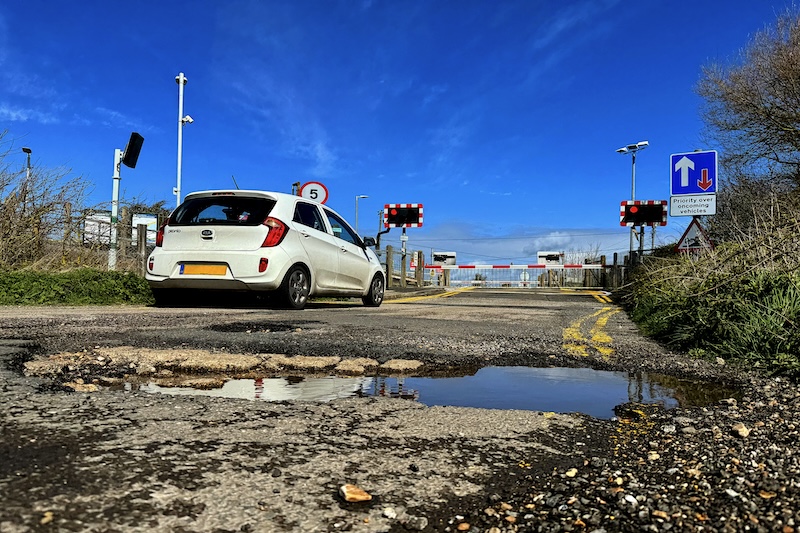Road maintenance falls to four-year low

Road treatment rates are at their lowest in five years
RAC’s analysis of government data has proven that road resurfacing and life-extending treatment is at the lowest it’s been in five years.
A 34% drop in road maintenance
The number of miles of road given surface dressing, a life extending treatment that prolongs the need for a full resurfacing, dropped by 34% compared to five years ago. Just 3551 miles were treated last financial year, compared to 5345 miles five years ago, a reduction of 1794 miles.
The 2021/2022 figures show that 1123 miles of all types of road were resurfaced compared to the 1588 miles in 2017/2018, an overall 29% reduction of 465 miles.
Of the 153 road authorities included in the most recent data (2021/2022) 31% did no resurfacing, while 51% failed to carry out any surface dressing work. In 12 months there was an average of just 13 miles of road resurfaced, and 42 miles of road treated with surface dressing.
Kent resurfaced the most miles of A road at 29 of its 502 miles, while Lincolnshire did the most surface dressing at 50 of its 661 miles of A road.
For other road types (B, C and unclassified), Hertfordshire resurfaced 41 miles of its 2759 roads and Norfolk was in the lead for surfacing dressing, having dressed 326 miles of its 5627 roads.
What can be done to improve this?
RAC head of policy Simon Williams believes that preventative measures are the way to go: “We urge authorities to make greater use of surface dressing and other preventative treatments which can be used successfully to improve surfaces and extend the lives of roads”.
The Asphalt Industry Alliance’s (AIA) March 2023 report estimates that the total amount of money needed to address the backlog of road maintenance works has now crossed the £12 billion mark, and it would take over a decade to clear.
The RAC believes this is an overestimation of the cost, as there are more cost-effective solutions than resurfacing every road. According to the Road Surface Treatments Association (RSTA) it costs approximately £5 per square metre to surface dress a road with heavy traffic, compared to the £30 per square metre to completely resurface it.
The RAC also offers up the solution of asphalt preservation, which is designed to be used on roads in good condition as a preventative measure. It’s already in use on a lot of major motorways and is cost-effective, has a low carbon footprint, and can be laid at night to avoid disruption.
Simon Williams adds: “Drivers contribute billions of pounds to the Treasury every year, so it’s extremely frustrating to have to endure substandard road surfaces”. He also urges local authorities to take a more preventative approach rather than wait for enough funds to be allocated for road resurfacing.
If you’d like to know more about Britain’s roads, check out our blog on pothole damage.


